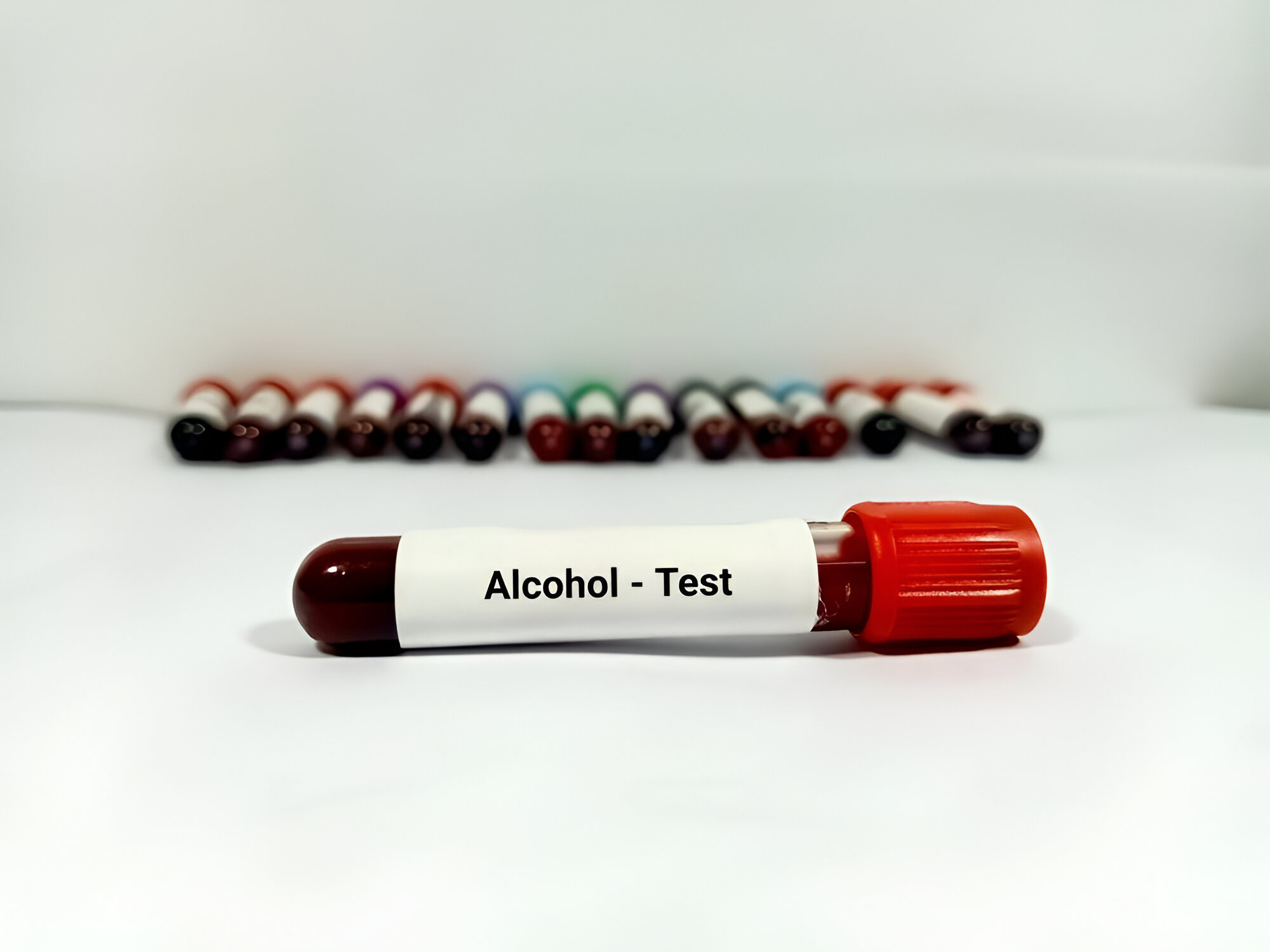The Testing Procedure: Headspace Analysis

Preparing the Sample
Samples in the headspace vials are transferred to the incubator. The incubator heats the sample to help push the volatile analytes into the air portion of the headspace vial. The syringe draws up the established volume of air from the headspace and injects the sample into the GC column. The syringe is also heated to maintain volatility.
- The Analysis – G = gas phase (headspace) S = sample phase
- Injection Site – The injection port is heated to maintain sample volatility Split sampling is often done (BAC1 and BAC2 columns) to increase the integrity of the test results.
- The Column Inside the Oven
- Cross Section of Column
- Examples of the Diffusion of the Sample – Compounds within the sample separate as they pass through the column according to volatility and polarity. As these compounds are washed with solvent, the resulting extracted material is identified and quantified by the detector.
- Terms Describing Separation “Partition-coefficient” – The ratio of concentrations of a compound in a mixture of two immiscible phases at equilibrium. “Phase Ratio” – The ratio of the volume of the mobile phase to that of the stationary phase in a column.
Flame Ionization Detection
A flame ionization detector (FID) is a scientific instrument that measures the concentration of organic species in a gas stream. It is used as a detector in gas chromatography. Organic compounds burning within the flame produce ions and electrons that can conduct electricity. A large electrical potential is applied at the burner tip, and a collector electrode is located above the flame.
The current resulting from the pyrolysis of any organic compounds is measured. FIDs are “mass” sensitive rather than “concentration” sensitive. Thus, changes in the mobile phase flow rate do not affect the detector’s response. The FID is a useful general detector for the analysis of organic compounds; it has high sensitivity, a large linear response range, and low noise. It is also hardy and easy to use; however it destroys the injected sample.
Calibration before a Sample Analysis Prior to analyzing a sample composition, it is necessary to
- Identify retention time for each component to be analyzed.
- Obtain a calibration curve, i.e. a curve relating the areas of the peaks on chromatograms to the mixture composition. The obtained calibration curves will then be used to analyze samples collected during the distillation experiment.
To accomplish the first task, one must perform GC analysis of pure components. A chromatogram of a pure component contains only one large peak. The retention time is the time at which the peak is observed. Knowledge of the retention times for individual components helps identify components corresponding to different peaks in multi-component mixtures. The following is an example of a chromatogram of a two-component mixture.
Knowledge of retention times allows one to identify the first and second peaks as ethanol and isopropanol, respectively. Calibration Curve A calibration curve is a general method for determining the concentration of a substance in an unknown sample by comparing the unknown sample to a set of standard samples of known concentration. A calibration curve is one approach to the problem of instrument calibration; other approaches may mix the standard into the unknown, giving an internal standard.
Assumptions for Calibration Curves
- There exists a linear relationship between the ethanol concentration and instrument response.
- Any deviation of an individual data point from the straight line is due to an error in the measurement of instrument response and not an error in concentration of the ethanol standard.
Calculating the Unknown Concentration
Test samples with unknown BACs in calibrated instrument. Measure area under peak (or ratio) Use equation from calibration curve graph to calculate unknown concentration.
y = mx + b Problems With Analytical Calibrations
- Concentrations encountered in DUI case exceeds calibration standards.
- Uncertainty is too large due to issues in preparing standards.
- Trusting the instrument software to evaluate the concentration of the unknown.
- Instrument not performing within analytical specifications.





